interested in gardening in california....need help with zones!
kawaiineko_gardener
9 years ago
Related Stories
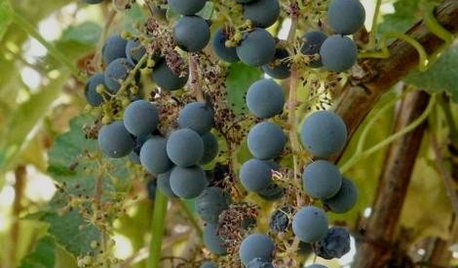
GARDENING GUIDESGreat Design Plant: Try California Wild Grape for Interest All Year
Sure, it’s stunning in fall. But the spring buds, summer grapes and gnarled winter vines are gorgeous too
Full Story
FLOWERS AND PLANTSHelp Monarchs and Other Butterflies by Planting Common Milkweed
Summer-blooming Asclepias syriaca is an important larval host plant for the monarch butterfly and attracts a number of pollinating insects
Full Story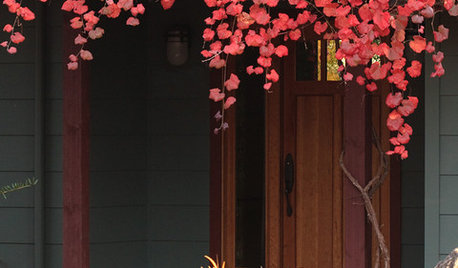
RED FOLIAGEGreat Design Plant: 'Roger's Red' California Wild Grape
Lush, vivid and a considerate provider of snacks for wildlife, this deciduous vine is especially spectacular in a fall garden
Full Story
GARDENING GUIDES10 Cold-Hardy Succulents for Cool-Season Interest
These attractive plants shrug off colder temperatures, and many can be brought inside in containers in extra-chilly climates
Full Story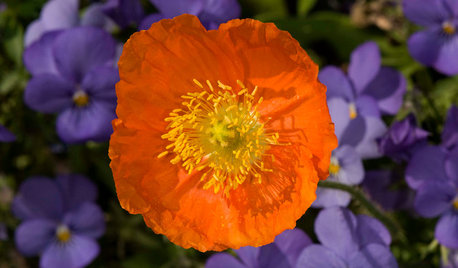
FALL GARDENINGCalifornia Gardener's September Checklist
Planting opportunities abound this month: perennials, lawns, wildflowers and more. Our primer covers 'em all
Full Story
LANDSCAPE DESIGNNative Plants Help You Find Your Garden Style
Imagine the garden of your dreams designed with plants indigenous to your region
Full Story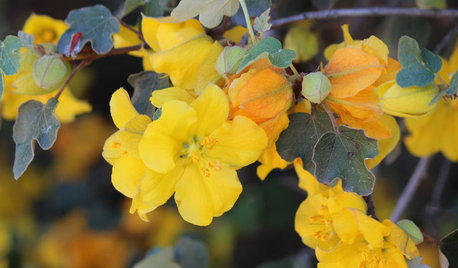
CALIFORNIA GARDENINGCalifornia Gardener's May Checklist
Only one major chore but a plethora of planting possibilities means a delightful month in California gardens
Full Story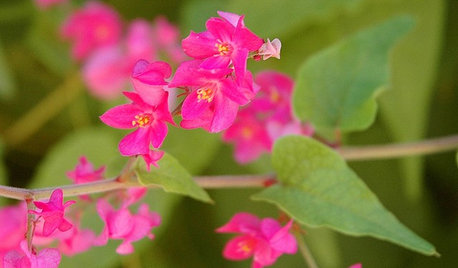
GARDENING GUIDESGreat Design Plant: Antigonon Leptopus in California and Desert Gardens
Dry climates can enjoy sprays of delicate pink flowers and heart-shaped leaves on this drought-tolerant, summer-flowering vine
Full Story
GARDENING GUIDESGreat Design Plant: Purple Needle Grass, California’s State Grass
The long-lived, drought-tolerant Stipa pulchra is as admired for its benefits as for its good looks
Full Story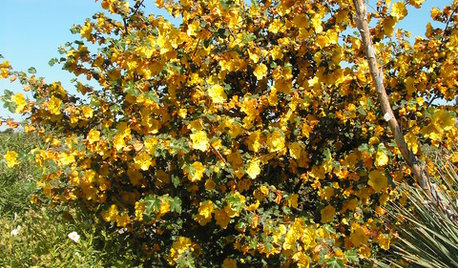
GARDENING GUIDESGreat Native Plant: California Flannel Bush
Forget watering once this bush is established. But the yellow burst in spring and summer, you'll remember
Full Story





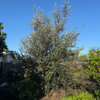
socalgal_gw Zone USDA 10b Sunset 24
missingtheobvious
Related Professionals
Allen Landscape Architects & Landscape Designers · Glendora Landscape Architects & Landscape Designers · Biloxi Landscape Contractors · Elmhurst Landscape Contractors · Lakewood Landscape Contractors · Northport Landscape Contractors · Olympia Landscape Contractors · Ringwood Landscape Contractors · Chicago Ridge Landscape Contractors · Ansonia Landscape Contractors · Palos Verdes Estates Swimming Pool Builders · Valinda Swimming Pool Builders · Jacksonville Window Contractors · Enumclaw Window Contractors · Scotts Valley Window Contractorsnil13
bahia
billiame
lazy_gardens
Suzi AKA DesertDance So CA Zone 9b
Laurel Zito
nil13
Babka NorCal 9b
jakkom